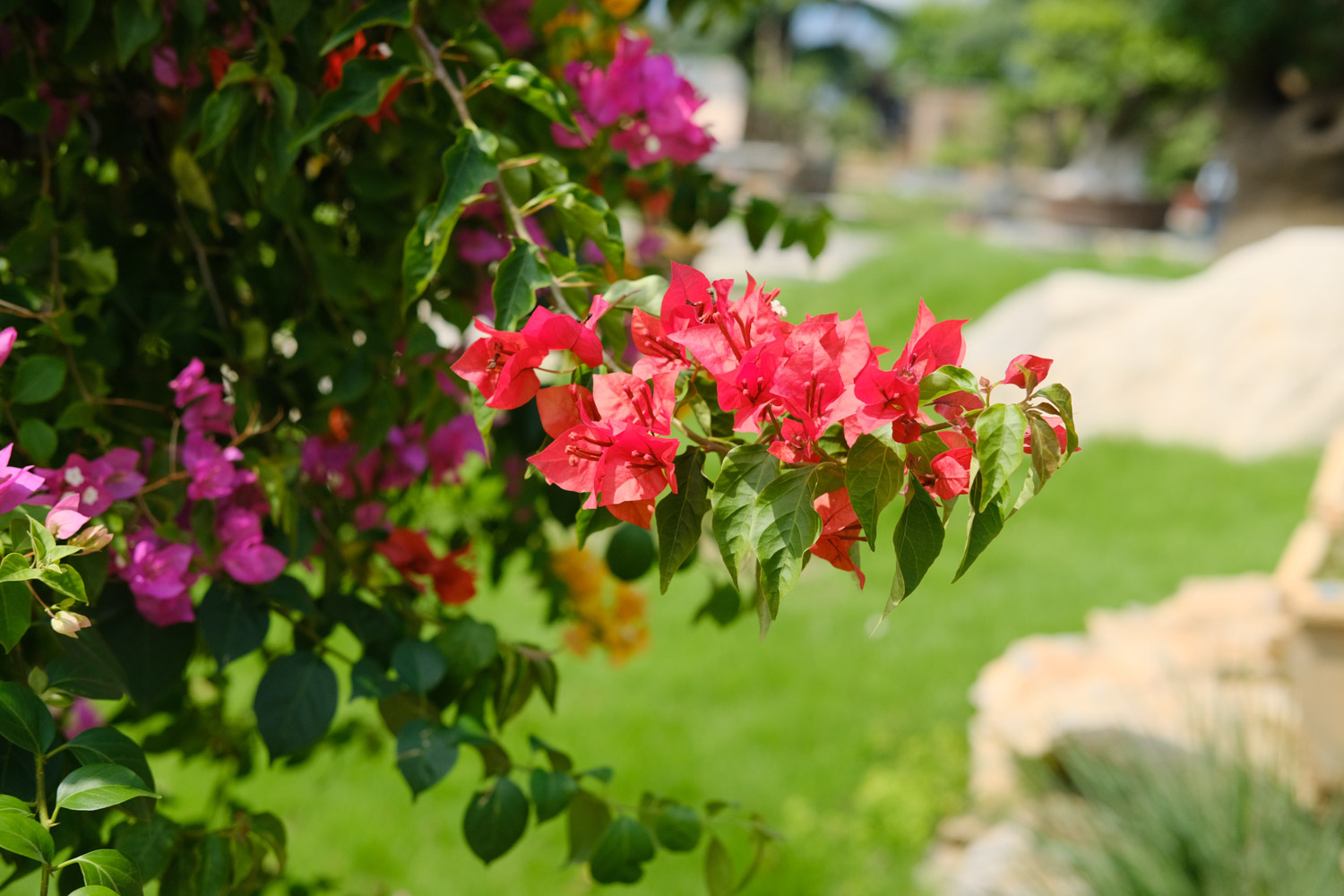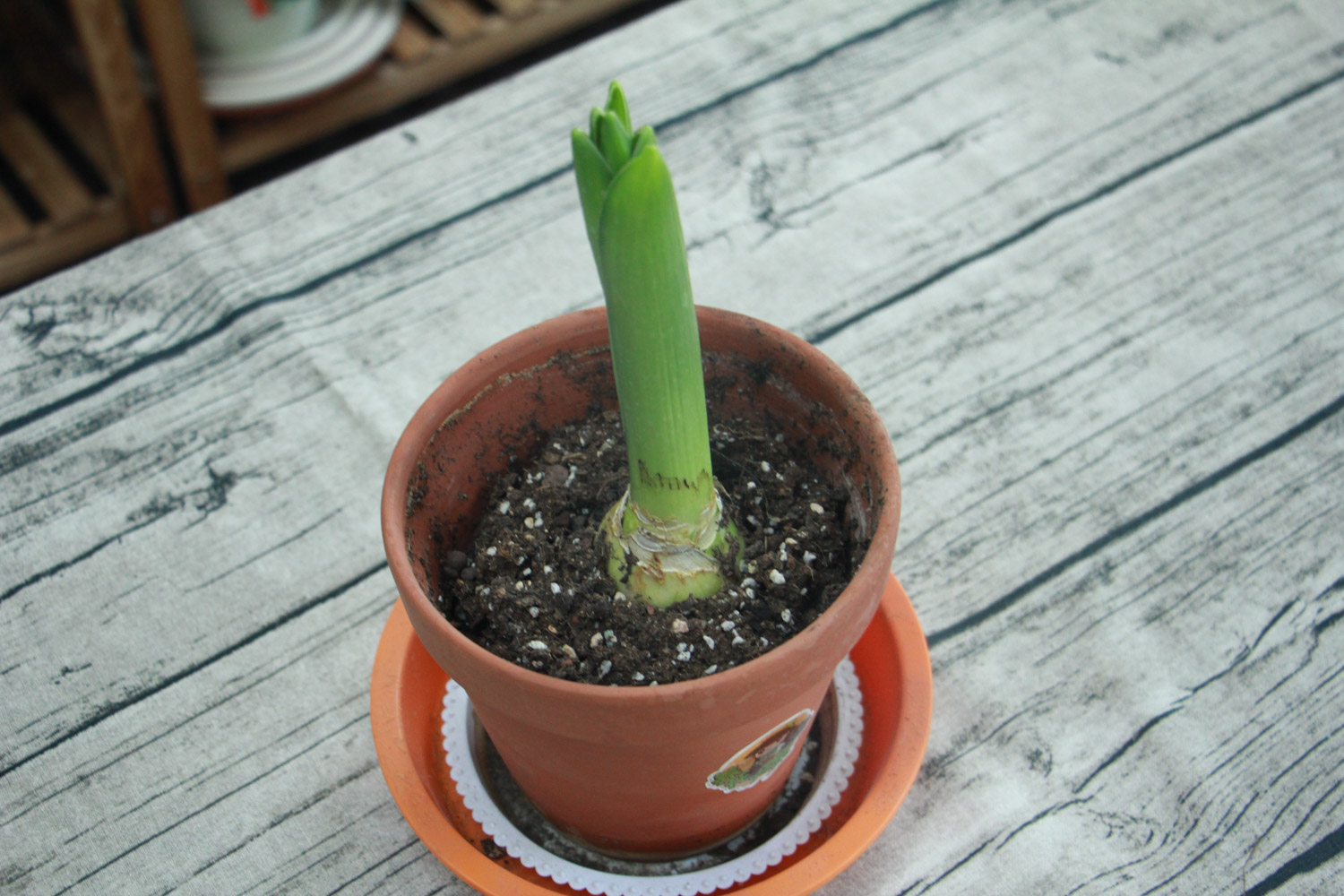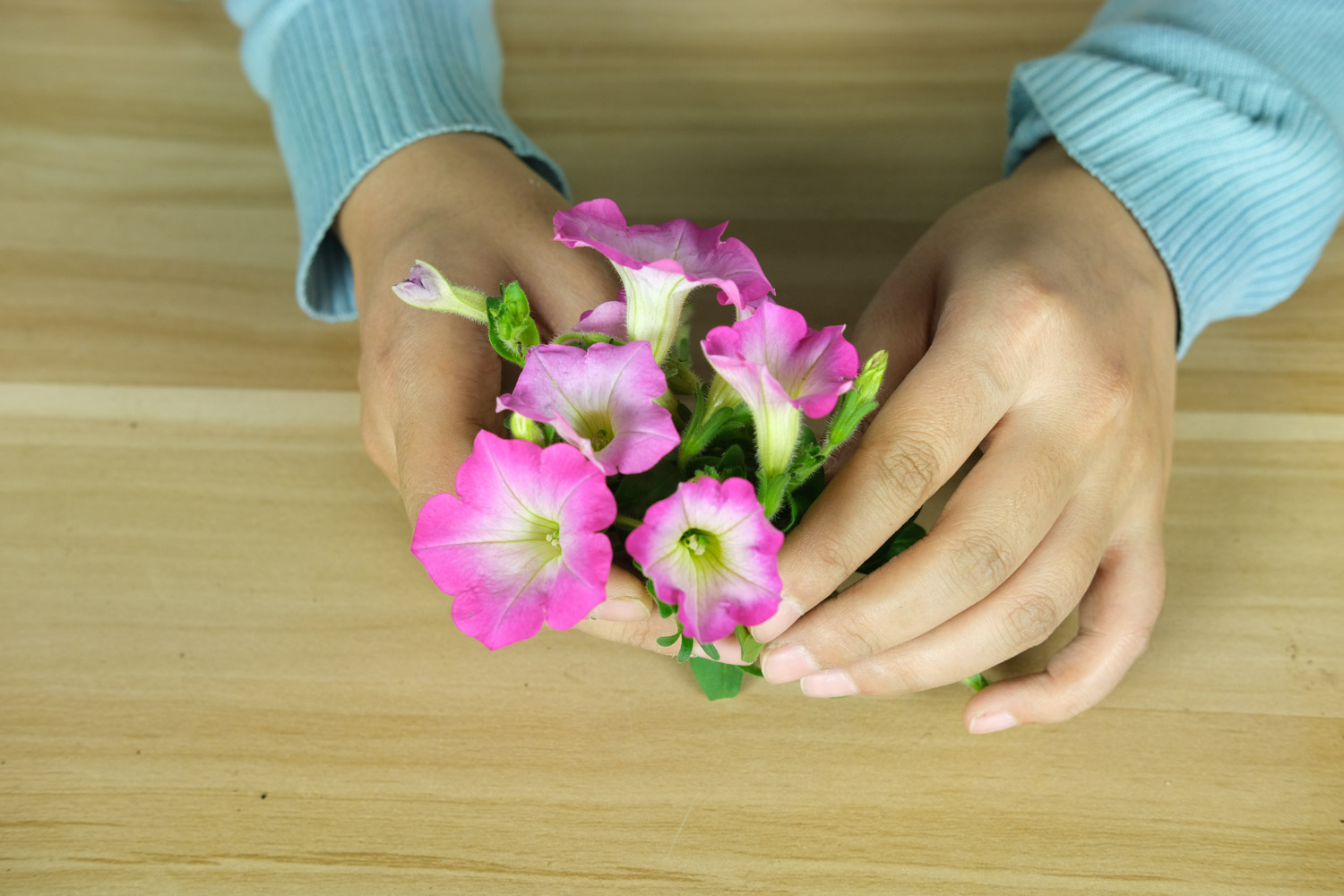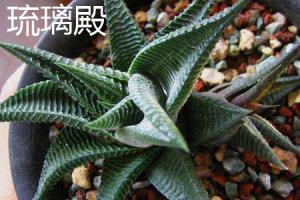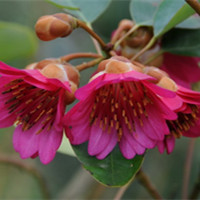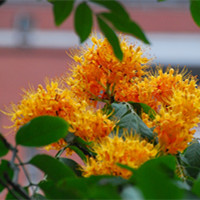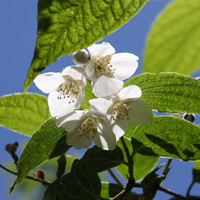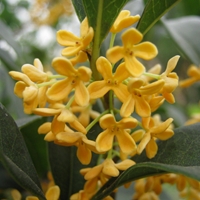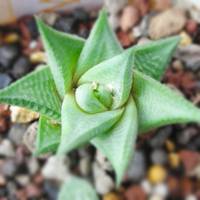The common name of the glazed Hall
The glazed hall is commonly known as rotating leaf Eagle Claw grass
Habits of the glazed Hall
Liulidian is a succulent plant belonging to twelve volumes of Liliaceae. Its vigorous growth period is in spring and autumn
The glazed hall is native to South Africa. It likes a warm, dry and sunny environment. It grows vigorously in bright light. The optimum temperature for growth is 18 ~ 24 ℃ and not lower than 5 ℃ in winter
The glazed hall is resistant to cold, drought and semi shade, and is afraid of ponding and strong light. The plant can be maintained in a bright place with proper shade. Keep basin soil moist during growth period to avoid ponding
Maintenance skills of glazed Hall
Change basin: the growth of Liuli hall is slow. Change the basin every 2 years. The pot soil is mixed with rotten leaf soil, culture soil and coarse sand, and a small amount of cow dung and bone meal are added
Watering and fertilization: keep the basin soil slightly wet for a long time, and avoid being dry and wet. Fertilize once a month and select special fertilizer for meat
Temperature control: the plant grows slowly at high temperature in summer without obvious dormancy. In winter, the temperature is controlled between 10 ~ 12 ℃, and the growth stops when it is lower than 5 ℃
Breeding method of glazed Hall
Ramets: in the spring, the young plants at the base of the mother plant can be cut in combination with the pot change this time. Do not water too much after branching, so as not to affect the recovery of roots
Cutting: cutting shall be carried out from May to June, and the newly grown buds at the base of the mother plant shall be cut and inserted into the sand bed. After cutting, control the temperature at 18 ~ 22 ℃ and take root after 20 ~ 25 days
Suggestions for planting combination: Hongjuan and baocao


